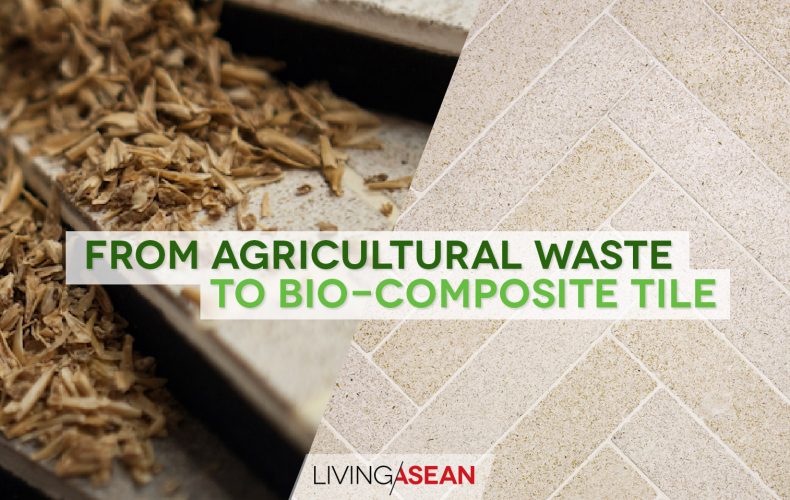Husk Collection
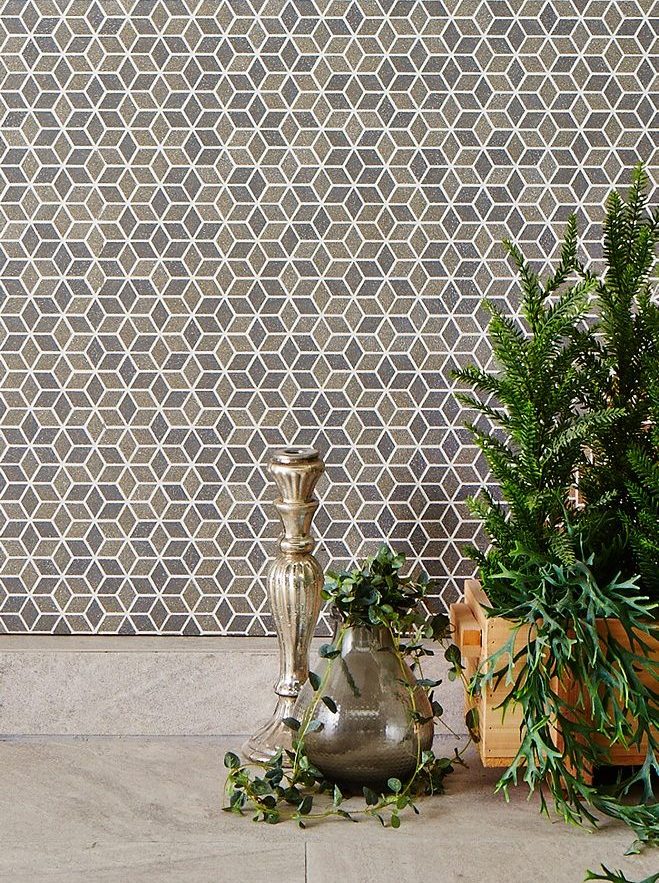
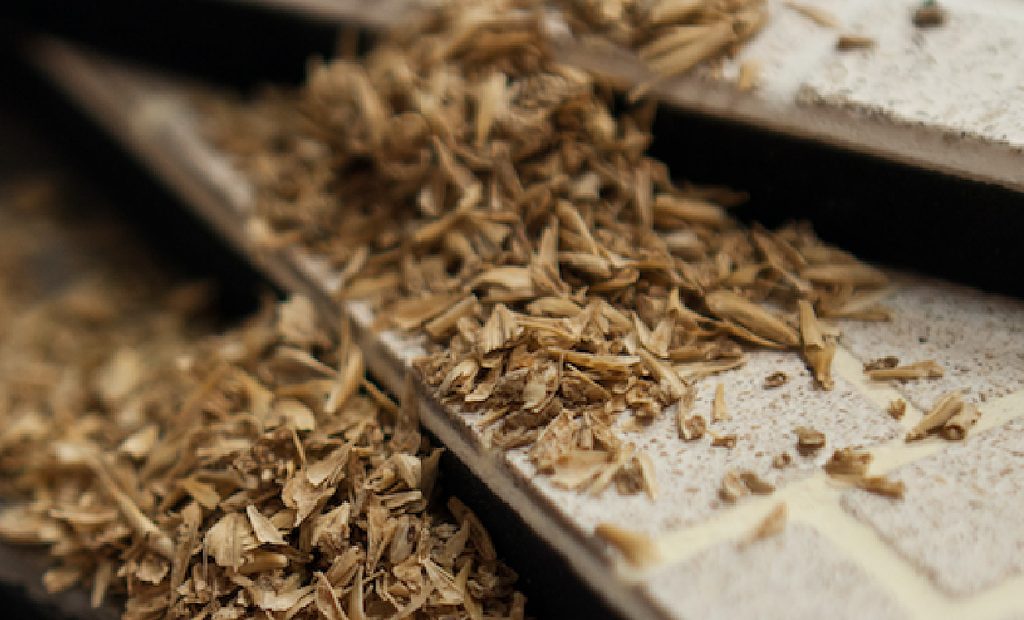
Husk Collection was created from discarded outer shells of rice during milling process. Sonite’s new Husk mosaics and solid surface incorporate significant quantities of agricultural waste. The collection’s advanced bio-composite design yields coverings not only beautiful but also ecologically friendly. Husk is available in four organic tones, balance between natural warmth and contemporary chic. Eco-Friendliness: Despite being polymer-based, the materials are exceptionally eco-friendly. Tests have proved a carbon footprint equal to or less than the lowest among mosaic tile manufacturers. In Europe, Husk furthermore has received a highest attainable A+ score in tests for VOC emissions.
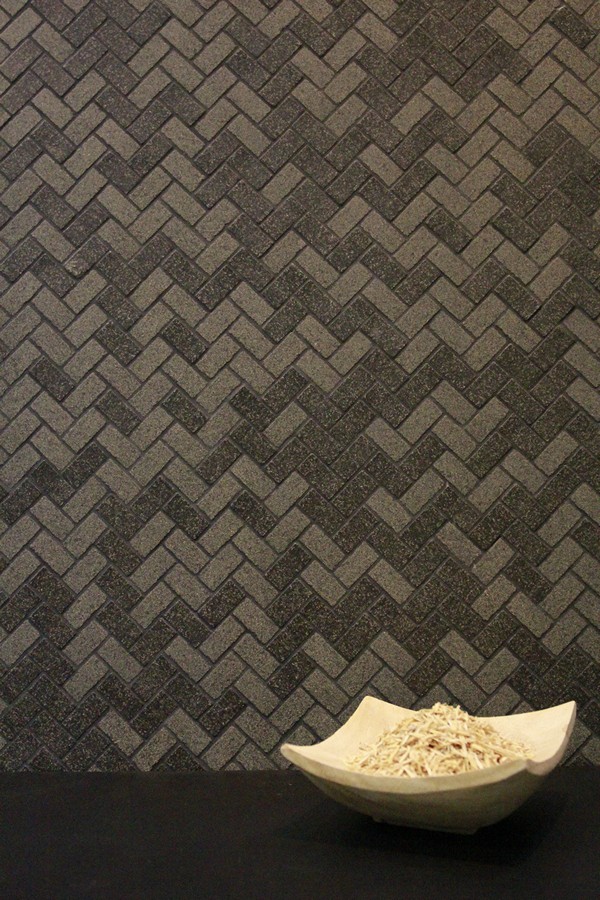
Additionally:
*Rice husks take very long to decompose and thus are not appropriate for composting or manure. Therefore the 100 million tons + of husk produced globally begins to impact the environment if not disposed of properly. (“Rice husk Ash”by Nick Zemke Emmet Woods June 2009 California Polytechnic State University)
* In Vietnam, rice husk has been dumped in local rivers, causing a big problem. (http://irri.org/rice-today/a-second-life-for-rice-husk)
* Rice husks are composed mainly of cellulose, silica + lignin and are a ‘Class A’ thermal insulation material. Husks are difficult to burn and are unlikely to propagate mold. (http://esrla.com/pdf/ricehullhouse.pdf)
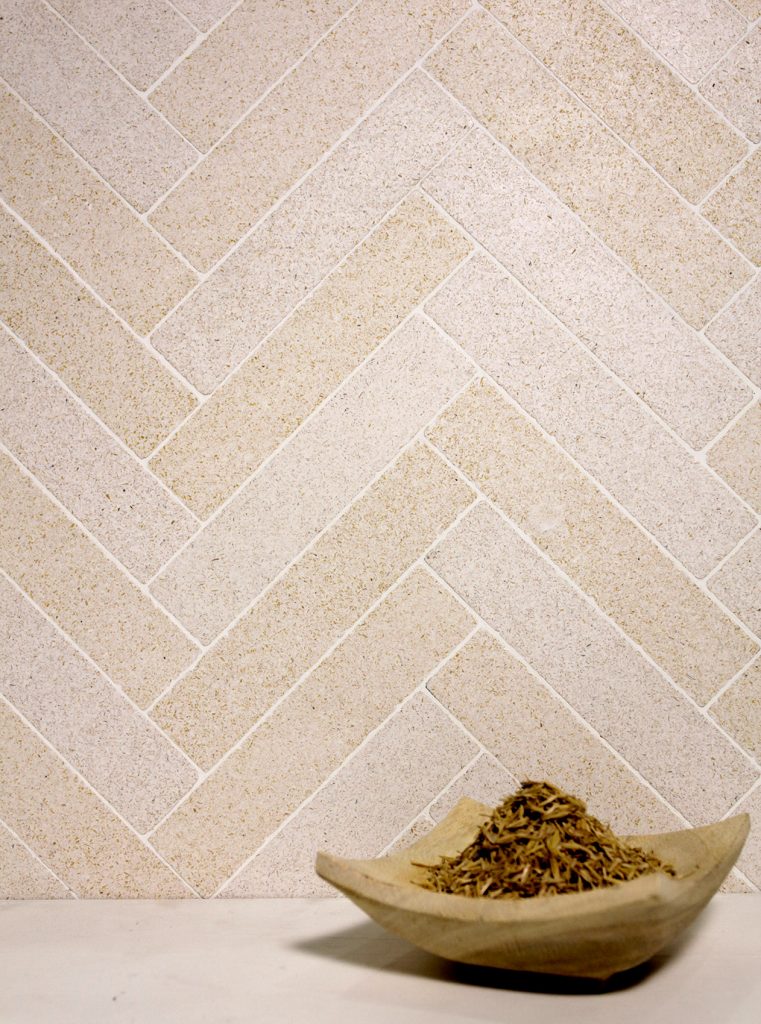
Photos : Press
Manufacture : Sonite Innovative Surfaces, Thailand – www.sonitesurfaces.com

